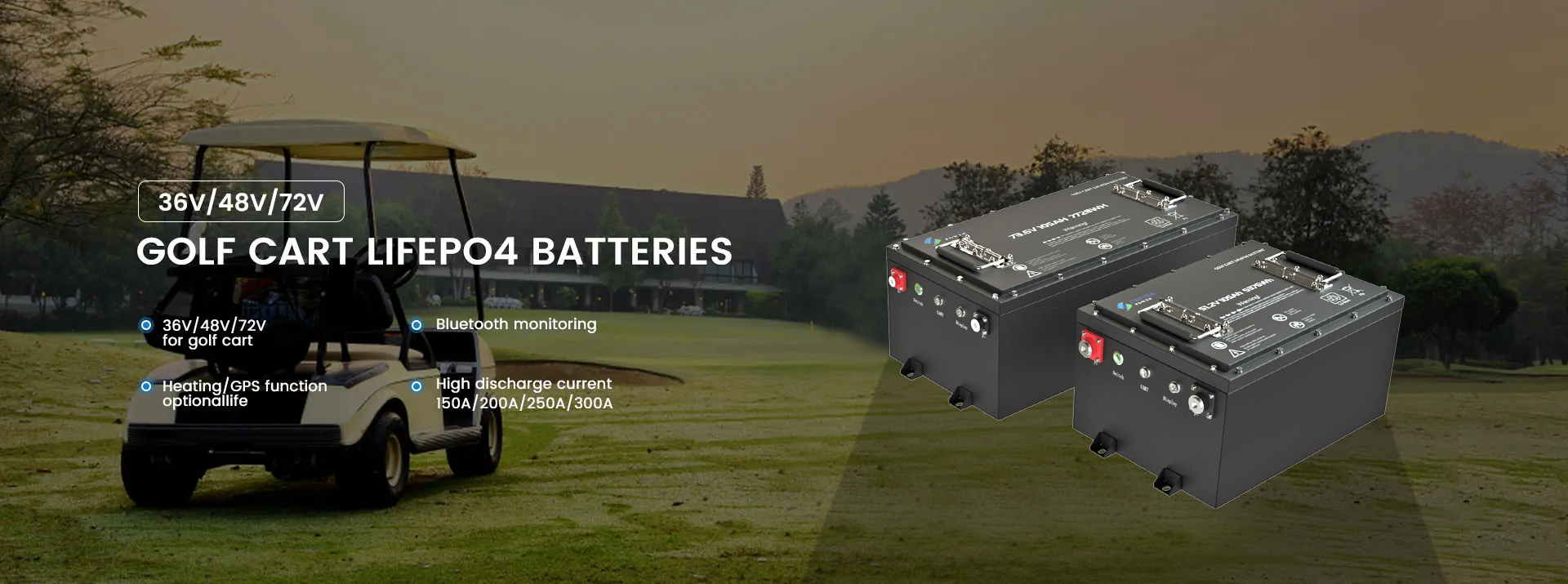How to Choose the Best Battery for Your Kayak
Whether you’re a passionate angler or an adventurous paddler, having a reliable battery for your kayak is essential, especially if you're using a trolling motor, fish finder, or other electronic devices. With various battery types available, it can be challenging to choose the right one for your needs. In this guide, we’ll dive into the best batteries for kayaks, with a focus on lithium options like LiFePO4, and provide tips on how to select and maintain your kayak battery for optimal performance.
Why You Need a Battery for Your Kayak
A battery is crucial for powering various devices on your kayak:
- Trolling Motors: Essential for hands-free navigation and covering more water efficiently.
- Fish Finders: Vital for locating fish and understanding underwater terrain.
- Lighting and Accessories: Enhances visibility and safety during early morning or late evening trips.
Types of Kayak Batteries
- Lead-Acid Batteries
- Overview: Traditional lead-acid batteries are affordable and widely available. They come in two types: flooded and sealed (AGM or gel).
- Pros: Inexpensive, readily available.
- Cons: Heavy, lower lifespan, requires maintenance.
- Lithium-Ion Batteries
- Overview: Lithium-ion batteries, including LiFePO4, are becoming the go-to choice for kayak enthusiasts due to their lightweight design and superior performance.
- Pros: Lightweight, long lifespan, fast charging, maintenance-free.
- Cons: Higher upfront cost.
- Nickel Metal Hydride (NiMH) Batteries
- Overview: NiMH batteries offer a middle ground between lead-acid and lithium-ion in terms of weight and performance.
- Pros: Lighter than lead-acid, longer lifespan.
- Cons: Less energy density compared to lithium-ion.
Why Choose LiFePO4 Batteries for Your Kayak
- Lightweight and Compact
- Overview: LiFePO4 batteries are much lighter than lead-acid batteries, which is a significant advantage for kayaks where weight distribution is crucial.
- Longer Lifespan
- Overview: With up to 5,000 charge cycles, LiFePO4 batteries outlast traditional batteries, making them a more cost-effective option over time.
- Fast Charging
- Overview: These batteries charge much faster, ensuring that you spend less time waiting and more time on the water.
- Consistent Power Output
- Overview: LiFePO4 batteries deliver consistent voltage, ensuring your trolling motor and electronics run smoothly throughout your trip.
- Safe and Environmentally Friendly
- Overview: LiFePO4 batteries are safer, with a lower risk of overheating and no harmful heavy metals, making them an environmentally responsible choice.
How to Choose the Right Kayak Battery
- Determine Your Power Needs
- Overview: Consider the devices you’ll be powering, such as trolling motors and fish finders, and calculate the total power required. This will help you choose the right battery capacity, usually measured in ampere-hours (Ah).
- Consider Weight and Size
- Overview: The battery should be lightweight and compact enough to fit comfortably in your kayak without affecting its balance or performance.
- Check Voltage Compatibility
- Overview: Ensure the battery voltage matches the requirements of your devices, typically 12V for most kayak applications.
- Evaluate Durability and Water Resistance
- Overview: Choose a battery that is durable and water-resistant to withstand the harsh marine environment.
Maintaining Your Kayak Battery
Proper maintenance can extend the life and performance of your kayak battery:
- Regular Charging
- Overview: Keep your battery charged regularly, and avoid letting it drop to critically low levels to maintain optimal performance.
- Store Properly
- Overview: During off-season or when not in use, store the battery in a cool, dry place. Ensure it’s charged to around 50% before long-term storage.
- Inspect Periodically
- Overview: Regularly check the battery for any signs of wear, damage, or corrosion, and clean the terminals as needed.
Choosing the right battery for your kayak is essential for a successful and enjoyable outing on the water. Whether you opt for the advanced performance of a LiFePO4 battery or another option, understanding your power needs and following proper maintenance practices will ensure you have a reliable power source every time you set out. Invest in the right battery, and you’ll enjoy more time on the water with less worry.

Post time: Sep-03-2024





